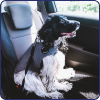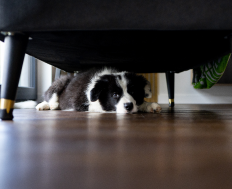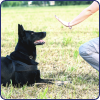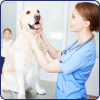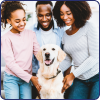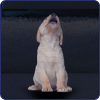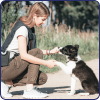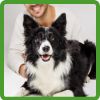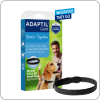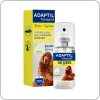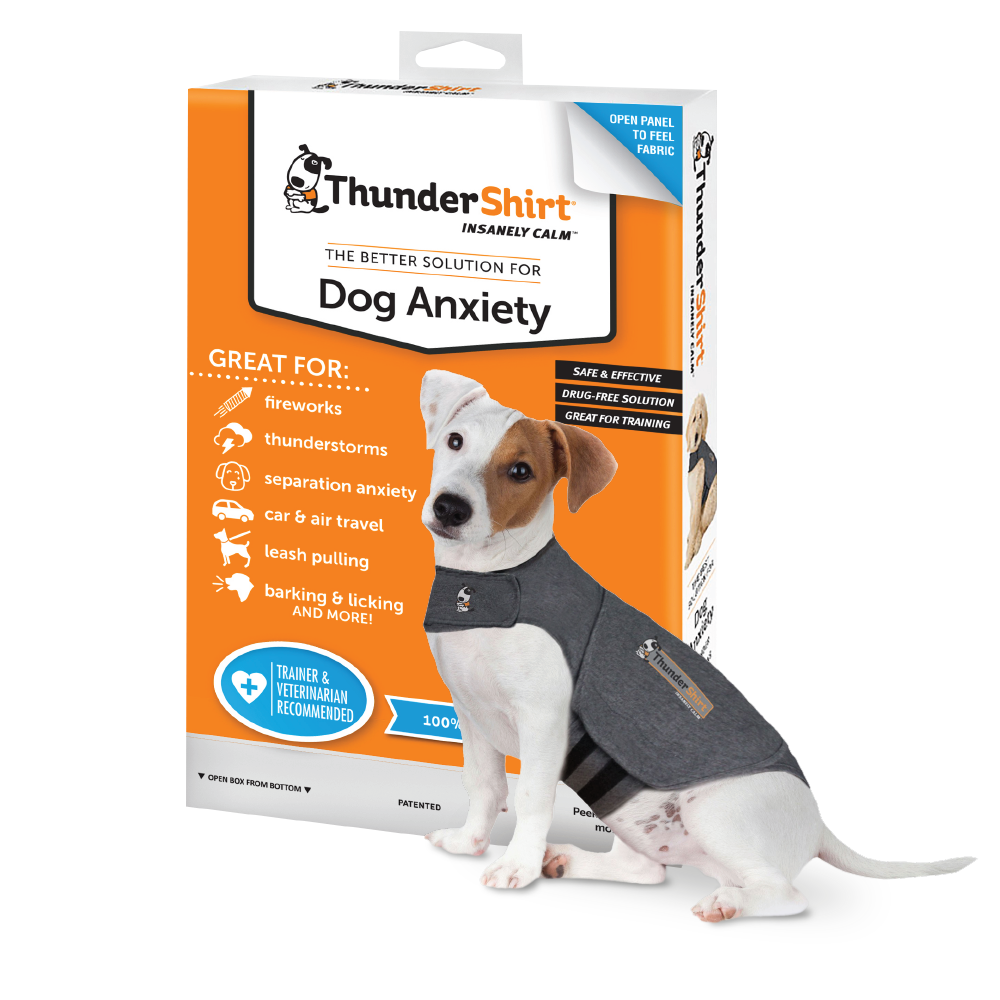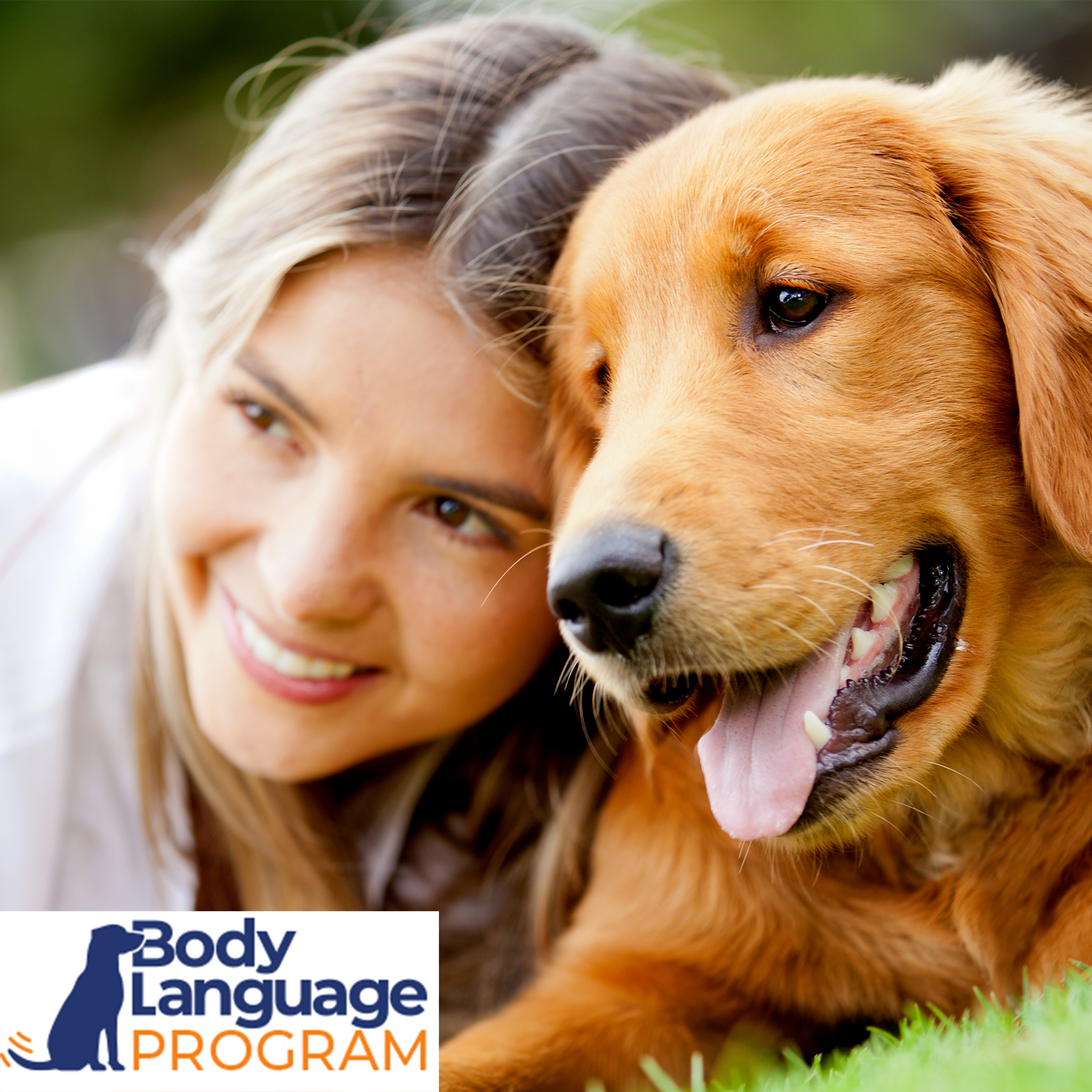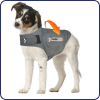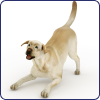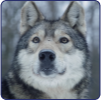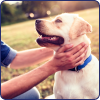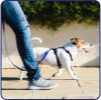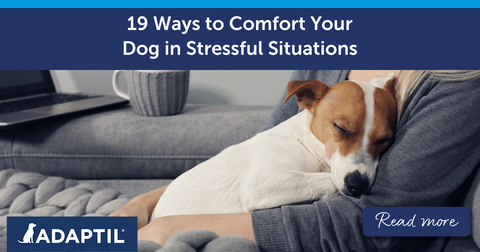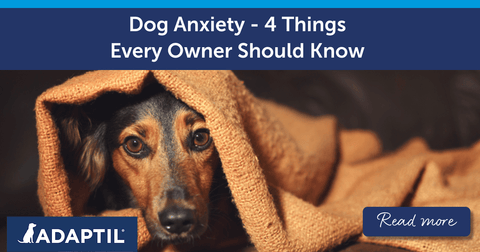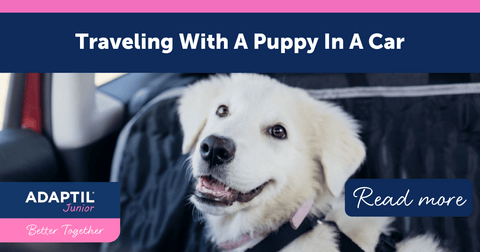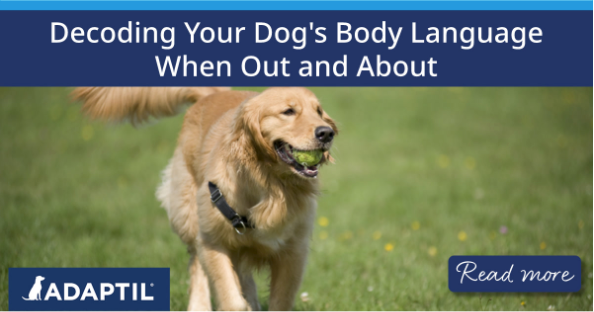
Decoding Your Dog's Body Language When Out and About
Many dogs love being outside—it’s a time when they can release all their energy and spend quality time with their human. However, some pups may be a bit more nervous, and certain things might put them on edge when they’re outside. That’s why it’s super important to know how to read your dog’s body language!
This is a great skill to have. Being able to understand your dog’s body language when outdoors can give you an understanding of how they’re really feeling. In this blog, we’ll go through everything you need to know.
Why It’s Important To Understand Your Dog’s Body Language
Learning how to read your pooch’s body language can help us humans understand what our dogs can cope with and what things they find challenging. These nervous dog signs can help you identify concerns quicker so you can avoid situations you know make them nervous. This helps prevent your pup from developing deeper-rooted fears and makes them feel more secure.
That said, reading your dog’s body language isn’t all about negative feelings—it’s important to know how your dog looks when they’re happy too! Knowing when your dog is content allows you to reinforce positive behaviour with praise and delicious treats. In fact, rewarding your dog’s happy feelings and behaviour is great for your pup’s confidence in general.

Tips For Reading Dog Body Language
When learning how to read canine body language, there are a few things to remember. Firstly, it’s important to look at your dog’s overall body language. As well as focusing on their whole body, consider the situation and environment your dog is in as how they act may seem different depending on the context. Looking out for these two things can help you understand the bigger picture and develop a better idea about how your dog is feeling.
It's also important to remember that each dog is unique, and understanding your dog's normal behaviour and body language will help you notice any specific changes. Our new Decoder Dog Body Language Course is a great way to start discovering how to interpret your furry friend’s communication!
What Does Your Dog’s Body Language Mean?
Our dogs have a clever way of telling us how they’re feeling through their bodies, but to understand it you have to know what it means. Different parts of your dog’s body will tell you different things. Some signs may be subtle or happen quickly—it pays to know what you are looking for so you don’t miss it!

Tail
-
Wagging tail: If your dog’s tail has broad, sweeping wags, it generally indicates happiness and friendliness. However, low wags can indicate uncertainty or insecurity about a situation.
-
Tucked tail: Having their tail tucked in between their legs is a type of stressed dog body language, generally meaning they’re afraid.
-
High tail: Having a high, stiff tail can be used to signal alertness or arousal.
Eyes
-
Relaxed eyes: Soft and relaxed eyes show that your dog is content and calm.
-
Wide eyes with dilated pupils: This eye shape is used to indicate fear. You may also be able to see the whites of their eyes (known as "whale eye"), which is another sign that they’re feeling insecure about a situation.
-
Squinting or blinking: This can be a way for your pup to show a desire to avoid conflict.
- Staring: Being focused on one thing can be a sign they are very interested in something, or it can be used as a way to challenge another.
Ears
-
Relaxed ears (‘normal’ position): When your dog’s ears are relaxed, this lets you know that they are feeling calm and content.
-
Pulled back ears: Having their ears pulled back suggests fear or worry about the situation. It can also mean that they are in a situation with a perceived threat.
-
Forward ears: If their ears are pushed forward, it shows alertness or interest. If this is combined with other tense canine body language, it can indicate your dog is looking for ways to protect themselves.

Lips & Mouth
-
Relaxed mouth: A slightly open mouth with a relaxed tongue indicates a happy dog.
-
Grinning: Not so much a ‘grin’ as we humans know it (though it can look like it!), this sign of dog body language can be a way dogs try to diffuse social conflict. During this grin, edges of the mouth are pulled back, and the eyes are squinted or shut tightly.
-
Lip licking or yawning: Both can be subtle signs of stress, especially if your dog is not tired or hungry.
-
Bared teeth or growling: This is a clear sign of fear and shows that your dog needs to be removed from the situation or given some more space.
-
Panting: Assuming your dog is not hot, doing exercise, or excited by something, panting can be a sign that your dog is feeling uneasy.
Head
-
Held high: This indicates confidence and contentment and is typically the normal or usual way that dogs hold their heads.
-
Lowered head: Having a lowered head can be a sign of fear. Looking at other parts of their body can help you decipher this.
-
Head turning away: This is a sign your dog is feeling uncomfortable in a situation and would like to de-escalate.
Specific Behaviours
-
Play bow: You probably have seen your dog in this position before they play with other dogs or yourself: they lower their front legs and keep their rear end up. This is a sign of a happy dog wanting to play with others.
-
Pacing or restlessness: This is one of the nervous dog signs that indicates they are feeling anxiety or discomfort in a situation.
-
Freezing: Stopping in their place and freezing indicates fear and is their attempt to create distance between themselves and what’s frightening them.
If you have noticed changes in our dog’s body language that you’re worried about, or if their behaviour is aggressive or difficult to manage, we recommend seeking help from a vet or professional dog trainer for more advice.
Do you want to better understand your dog's body language? Join our Dog Body Language Program and learn from veterinary behaviour experts! You can also check out all our articles online, or receive our help straight into your inbox by signing up to our newsletter.
